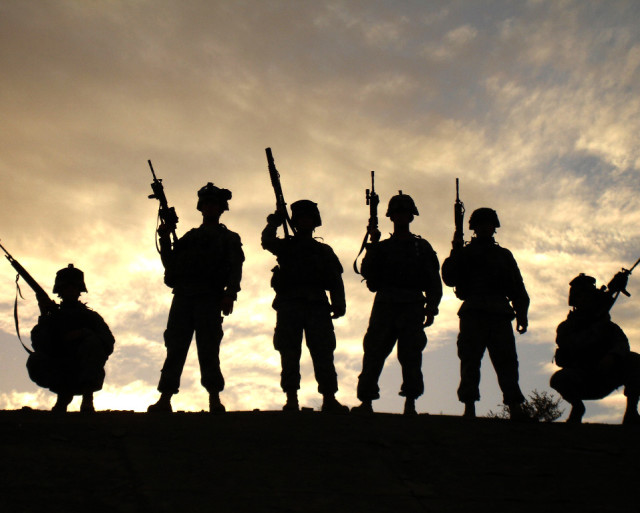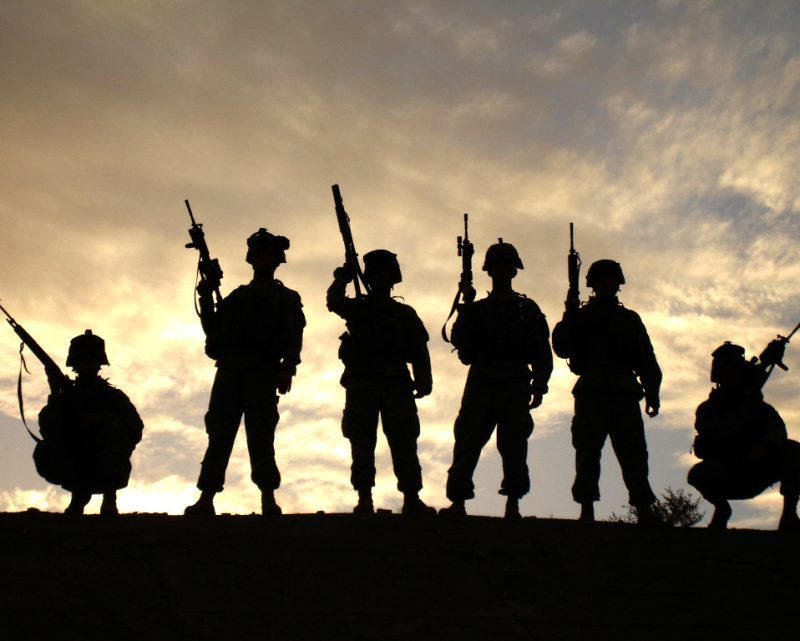
A quarter-century after the end of the Gulf War, Fort Campbell’s 101st Airbourne Division looks back on the war that gave the U.S. military their first ever experience in the Middle East.
The Gulf War was very much seen as a chance for the U.S. army to show the world how much they had learned from the disaster of Vietnam. It was with this renewed sense of purpose and the chance to try out their new generation of warfare technology and strategies that the U.S. army headed for the Arabian desert.
What the army couldn’t prepare for were the cruel climate conditions they would be faced with on a daily basis. Operation Desert Shield was the 101st Airbourne Division’s first deployment in nearly 20 years and came just days after the invasion of Kuwait by Saddam Hussein, on August 2, 1990. The troops, under the command of Major General J.H. Binford Peay, swiftly packed up and headed for Saudi Arabia.
On arrival it became clear that they were not going to be able to settle in as speedily as they had hoped.
Robert Nichols, who served as the command sergeant major for the 1st Brigade Combat Team, was one of the first to arrive in early August, with nothing but the rucksack he was deployed with.
After a brief rest in a parking garage at the King Fahd International airport, the group arrived at what would soon be called Camp Eagle II. All they could see ahead of them was miles and miles of open desert, with not a tent or a hot meal in sight. The team would have to start the camp from scratch.
Tent canvas and piping was purchased from the Saudis as they waited for supplies to arrive. The camp grew as servicemen from the air force and the army arrived. Camp Eagle II was soon referred to as “Tent City”.
As the world watched the events of the Gulf War unfold on television, the troops adjusted to life in the blistering heat of the desert sands.
Randall Underhill, who served as an assistant gunner in the 3rd BCT, 187th Infantry Regiment and now serves on the board of the 101st Airborne Division Association, said:
“They had gotten the tents set up and they were in the process of fortifying the tents,” Underhill said. “What that meant is they had to build a blast wall out of sandbags. In our case, it was MRE boxes, so people were eating MREs and keeping the boxes. There was no shortage of sand.”
Infantrymen slept in fox holes or on cots. They had no computers or mobile phones, technology which is now taken for granted. Most servicemen were only able to call home once or twice during the war. Outdated communications equipment, such as radios, was practically useless and was even the cause of a few friendly-fire fatalities. These caused great controversy and shock at the time.
After months of preparation, and once it was obvious that Saddam Hussein could not be persuaded to retreat from Kuwait, the 101st Airbourne Division got to put their months of desert training to use, leading the way in the air attacks on Iraqi radar sites; attacks that are now regarded as some of the key assaults of the Persian Gulf War.
The Division helped to expel the Iraqis and to ensure a victory that had only very limited Coalition casualties.
Source: http://www.theleafchronicle.com/story/news/local/fort-campbell/2016/02/19/gulf-war-25-desert-storm-milestone-101st/80403596/
By Spec. ?Elliott, US Army – http://www.defenseimagery.mil/imagery.html#guid=7e6f0b4860dcc3a92b02ed61cb8c943b8141c819, Public Domain, https://commons.wikimedia.org/w/index.php?curid=9859529
